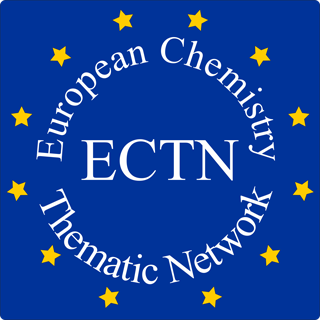Computational Chemistry 4
Group Leader
Dr. Noelia Faginas-Lago, University of Perugia, IT ( wg.cc4@echemtest.eu )
Public
This test has been designed to evaluate a level of competence in chemistry equivalent at the end of a Master degree in computational chemistry of the specialized chemistry area in agreement with the Chemistry Euromaster® requirement.
Duration
You may answer the questions in any order during 60 minutes.
Structure
The test consists of 30 questions covering the 9 topics given below (4 of each topics from 1-6 and 2 of each topics from 7-9).
- AES – Advanced electronic structures: Electronic structure and correlation (Hartree-Fock method, electron correlation) – Density Functional Theory- Relativistic theory (Introduction to relativistic quantum chemistry, introduction to linear scaling methods in quantum chemistry).
- ACT – Advances computational techniques: sequential parallel algorithms (parallel programming models, eigen values and eigenvectors problem, object oriented approach to parallel programming) – Grid platforms and services (grid tools and technologies, web services and tools).
- MCD – Molecular and collision dynamics: Scattering theory (two body collisions: room classical models to exact dynamical treatments, semi classical approaches) – Molecular dynamics ( a parallel view, cluster dynamics) – The Car-Parrinello method (first principle molecular dynamics).
- ESD – Excited states dynamics and spectroscopy: theoretical calculation of dense molecular spectra (Green’s functions, the ADC methods, interpretation of spectra, computating excited state lifetimes) – Excited states dynamics (electronic transitions and nuclear motion).
- RCT – Reactivity and Catalysis: Reactivity and catalysis (the principle of catalysis, the non linear molecular approach) – thermodynamics and kinectics.
- MBS – Molecular Biological systems: Modelling approaches (conformational analysis, molecular docking).
- CMS – Computer Modelling and simulations: Solvation and free energy (Monte Carlo computer simulations), use of QM/MM methods in modelling and simulations.
- MBD – Materials by design: Electron correlation (Local orbitals for quasi classical degenerated systems).
- CMT – Condensed matter: Solid state – Liquid state (statistical mechanics, phase transition, molecular dynamics, Monte Carlo method).
